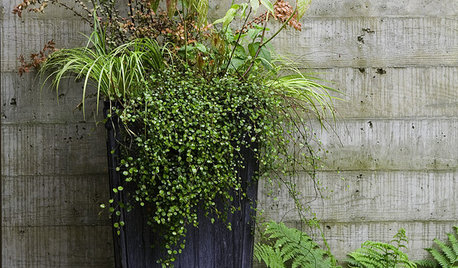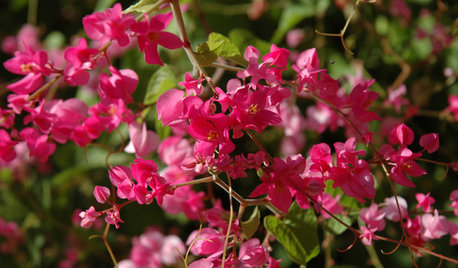Quality of this Phal violacea?
whitecat8
13 years ago
Related Stories

GARDENING GUIDESThe Secret Formula for Grouping Plants in a Pot
Designing a gorgeous container garden is easy once you know this simple rule of thumb for composition
Full Story
HOUSEPLANTSHow to Grow Orchids Indoors
Orchids are the exotic aristocrats of the flower world and can make themselves comfortable in almost any home
Full Story
SOUTHWEST GARDENING10 Flowering Vines for Southwestern Gardens
These resilient, adaptable plants thrive in the region’s extreme climate and provide a variety of garden benefits
Full Story








highjack
whitecat8Original Author
Related Professionals
Lakewood Landscape Architects & Landscape Designers · Southfield Landscape Architects & Landscape Designers · Forest City Landscape Architects & Landscape Designers · Athens Landscape Contractors · Eureka Landscape Contractors · Fort Worth Landscape Contractors · La Vista Landscape Contractors · Welby Landscape Contractors · Bellingham General Contractors · Conway General Contractors · Cottage Grove General Contractors · Easley General Contractors · New Carrollton General Contractors · Parkville General Contractors · Summit General Contractorshighjack
whitecat8Original Author
smwboxer
highjack
stitzelweller
sambac
cjwatson
highjack
cjwatson
stitzelweller
cjwatson
stitzelweller
penfold2
stitzelweller
penfold2
westoh Z6
whitecat8Original Author
cjwatson
whitecat8Original Author
stitzelweller
cjwatson
whitecat8Original Author